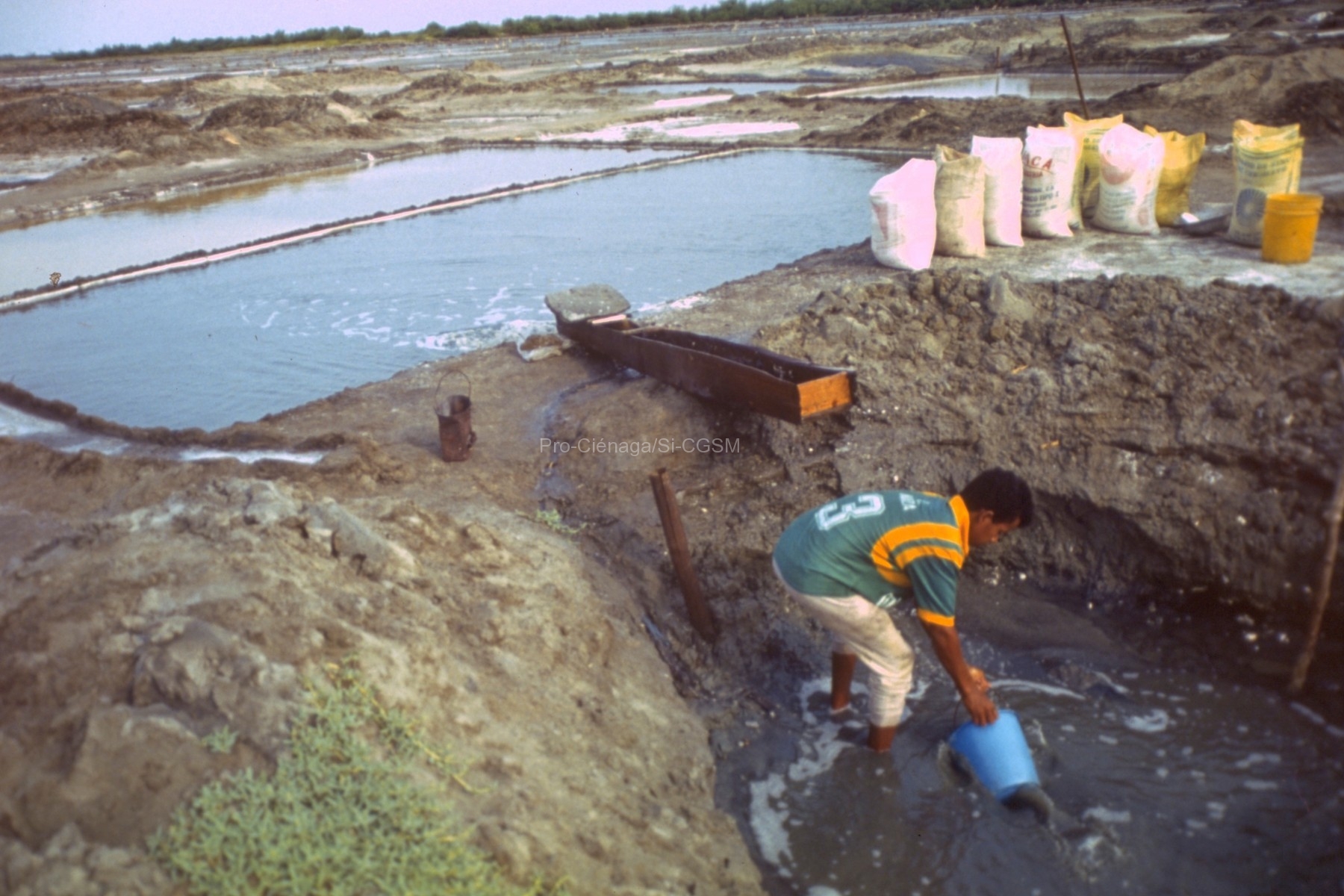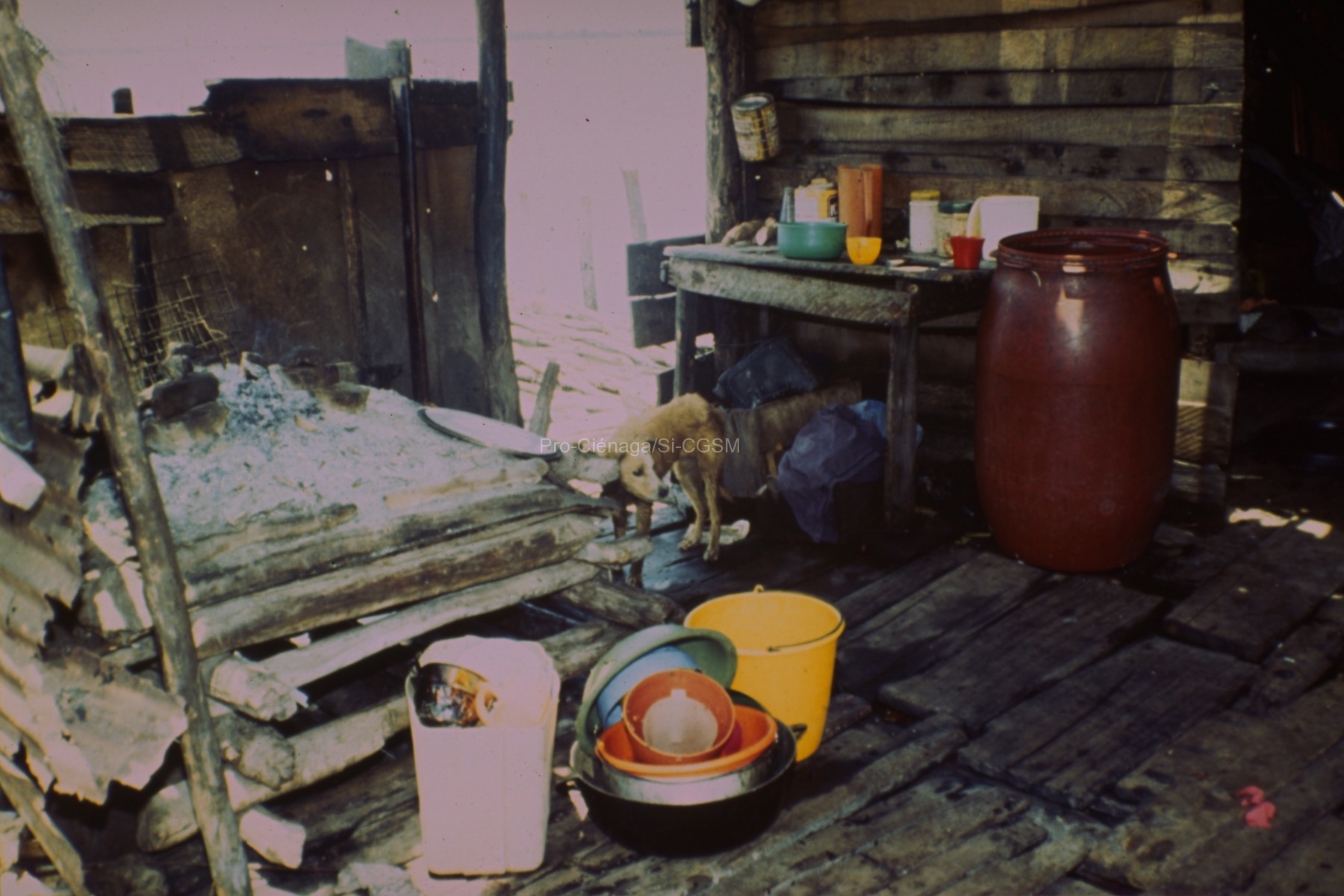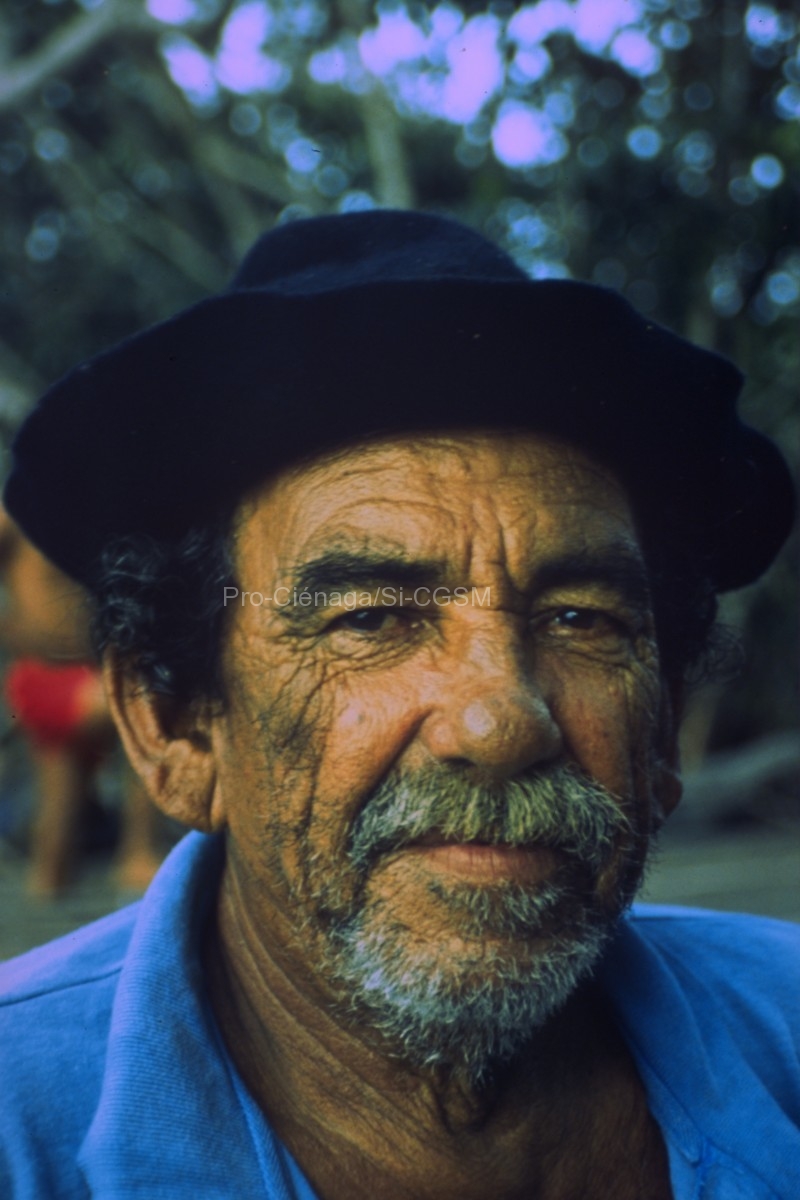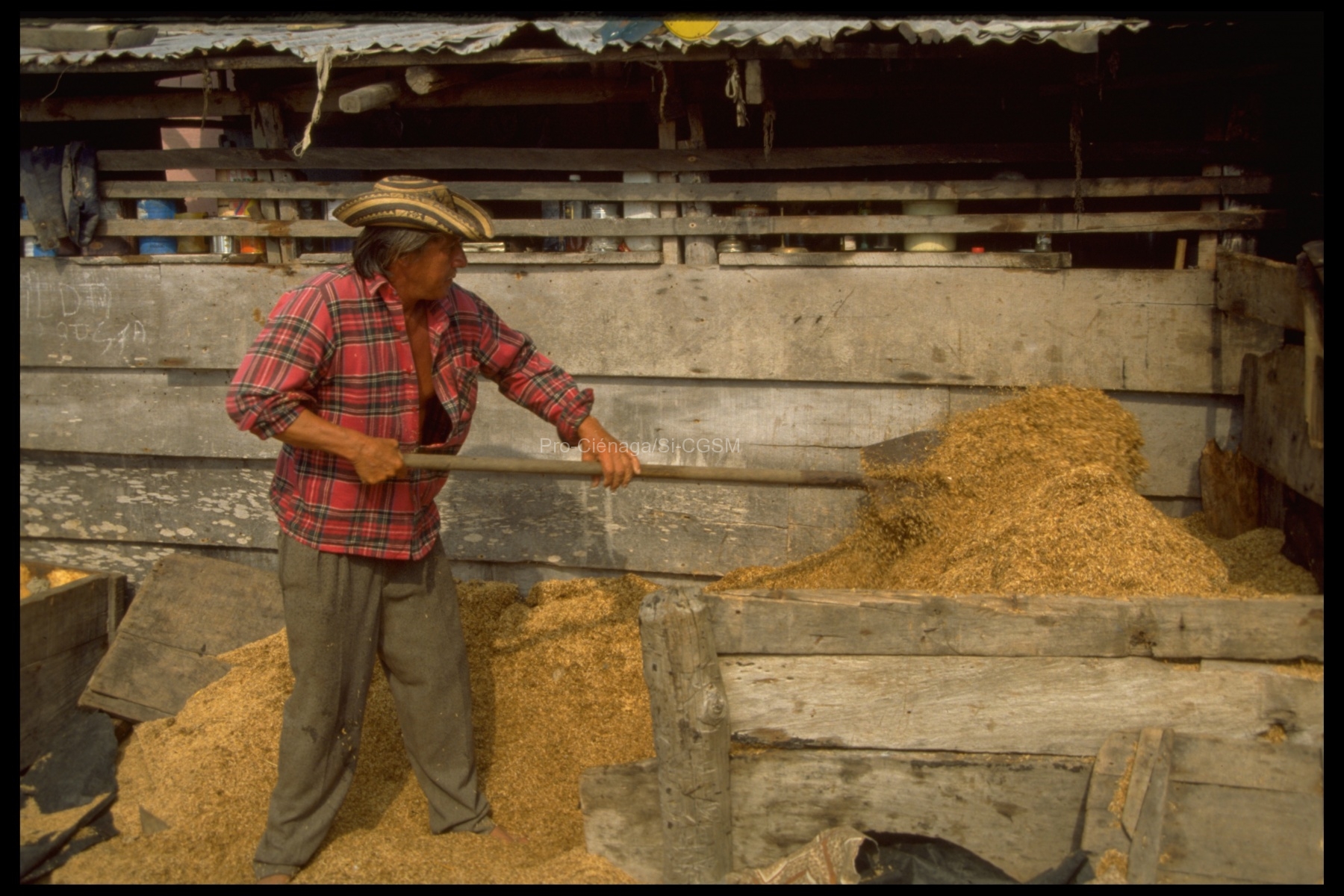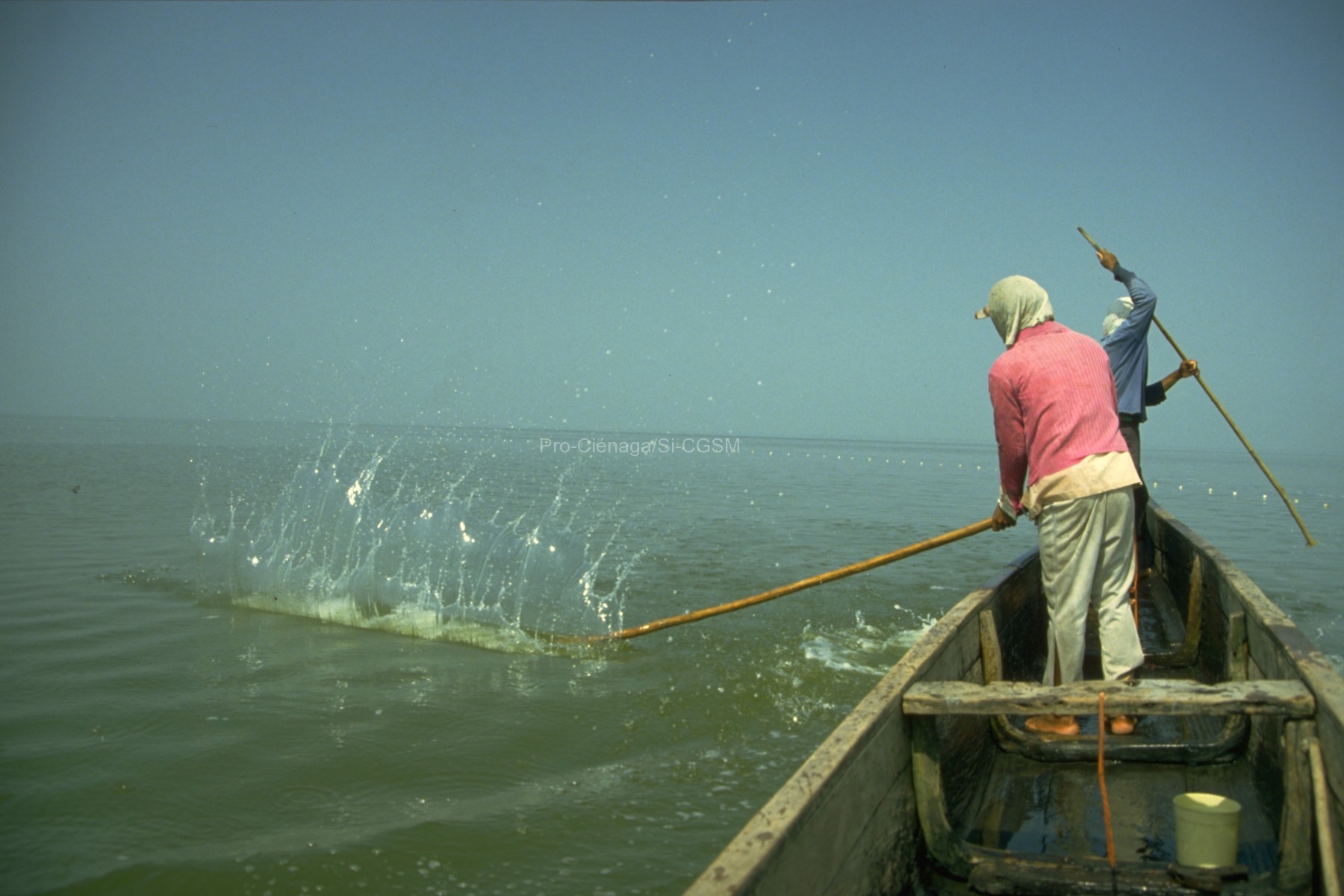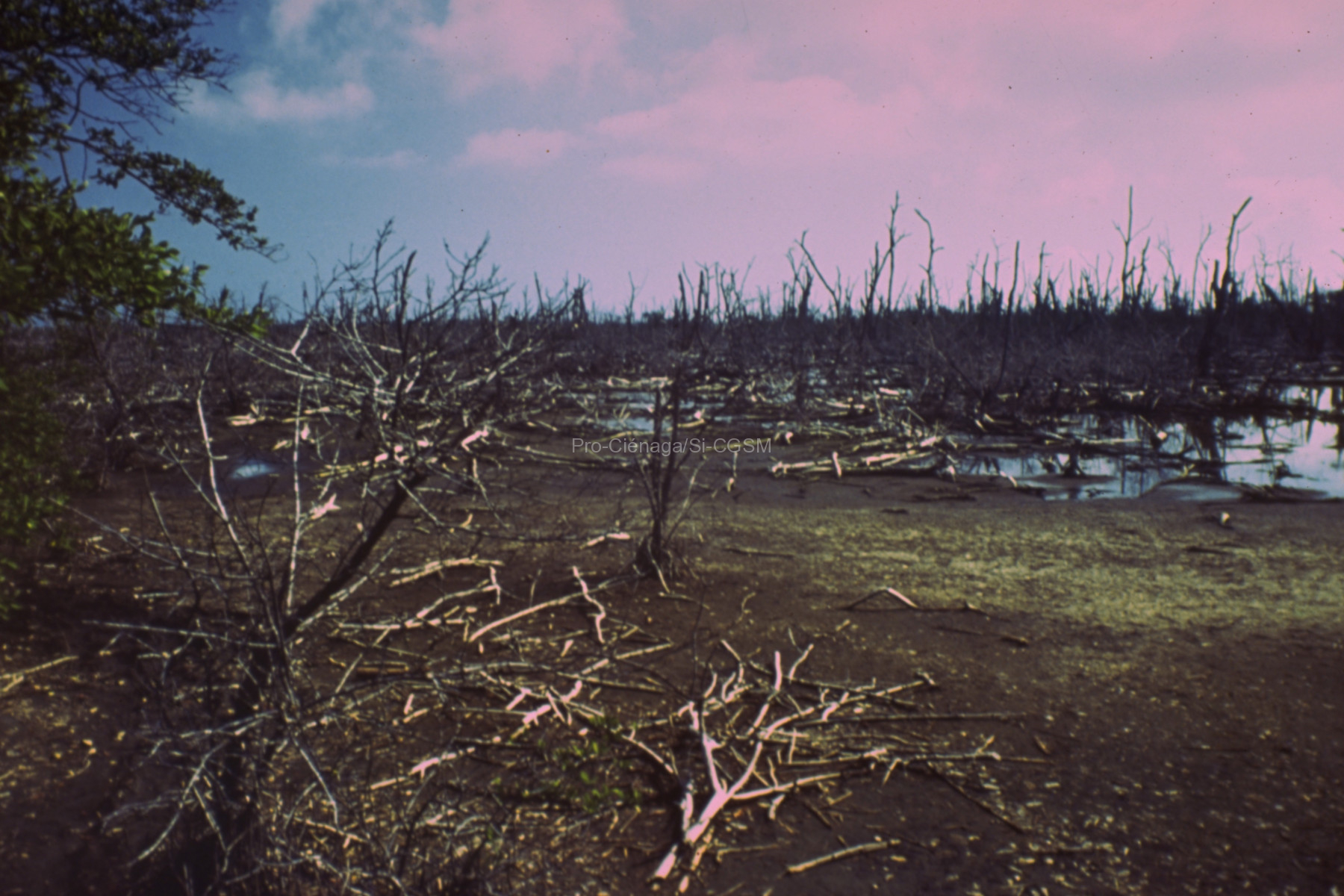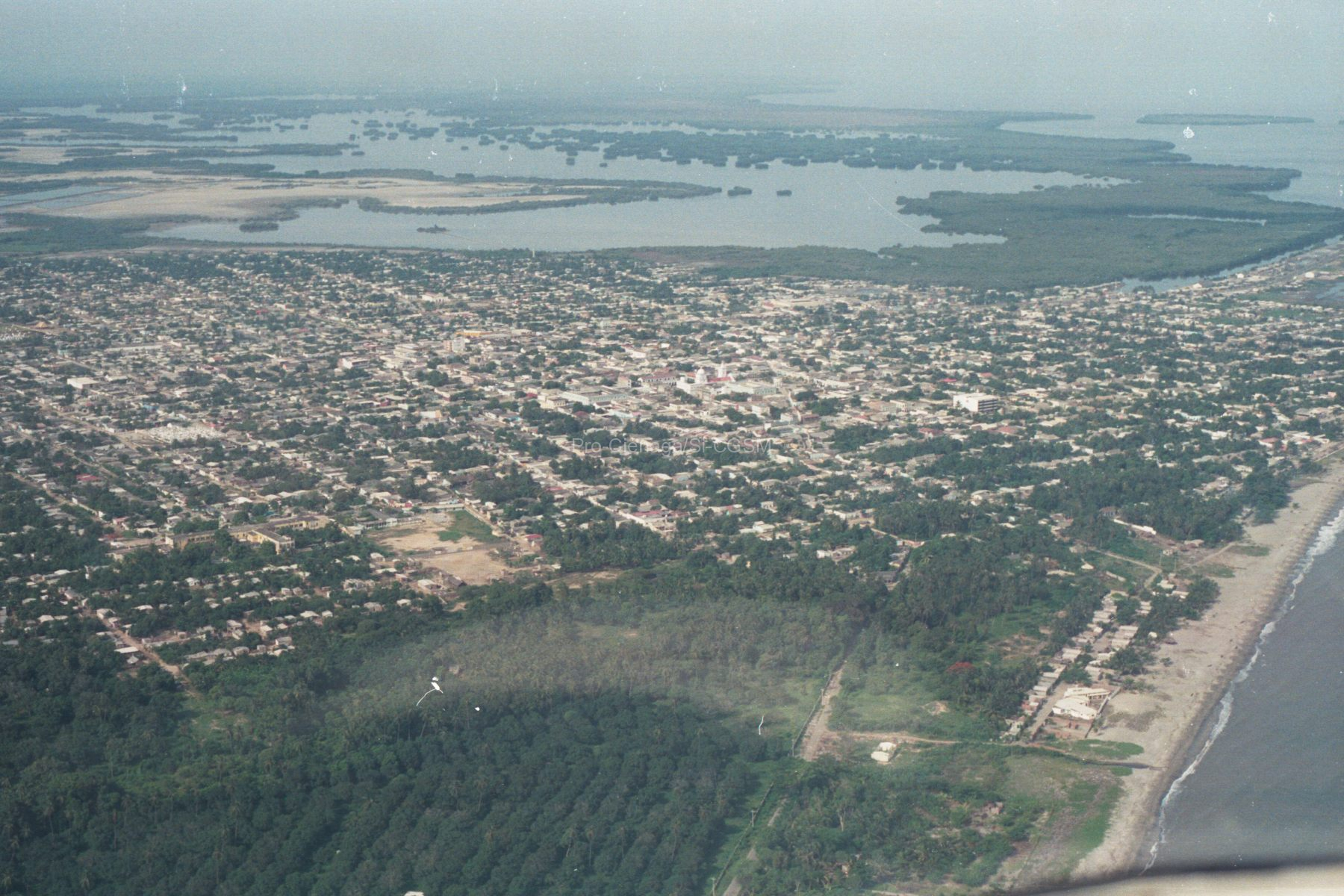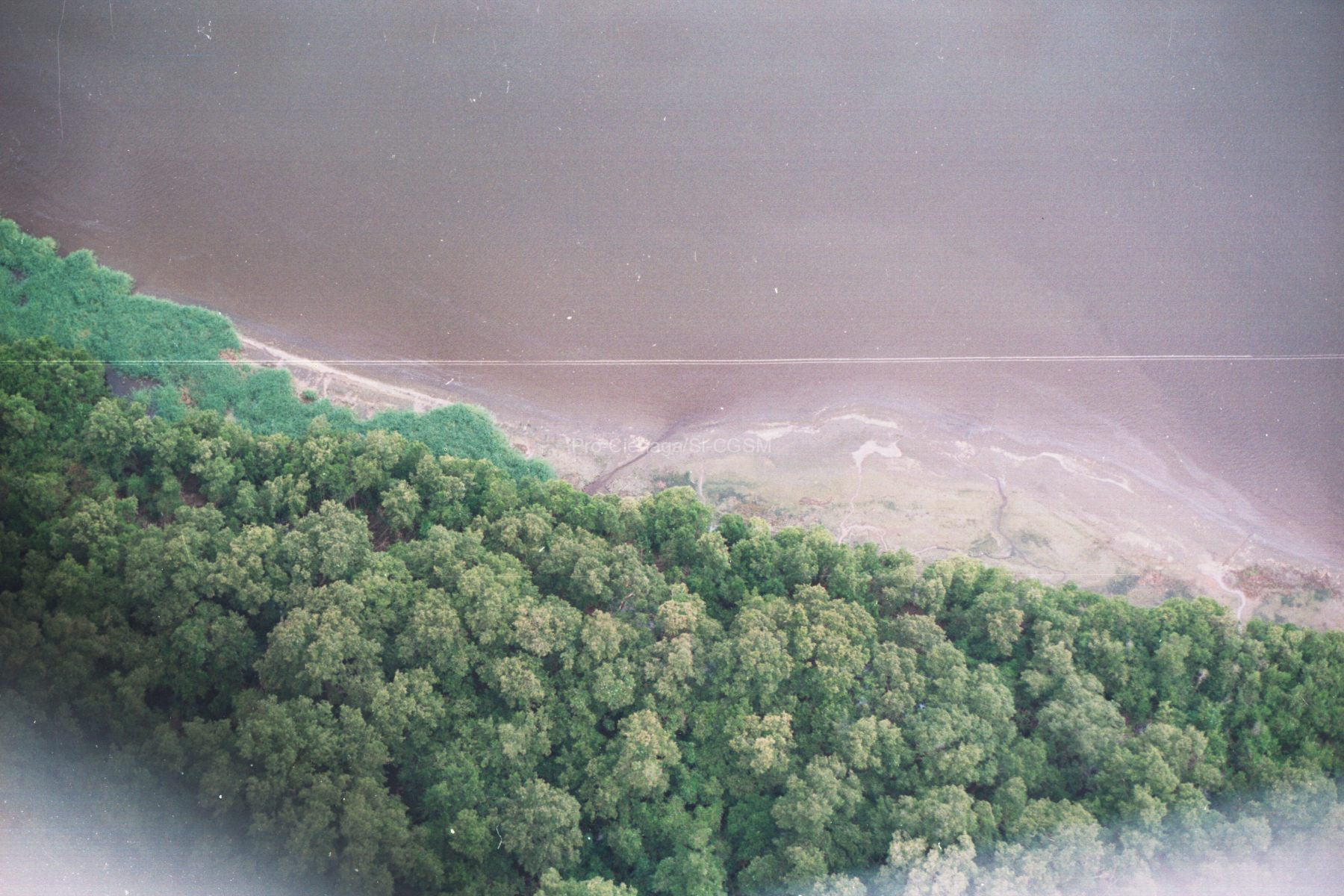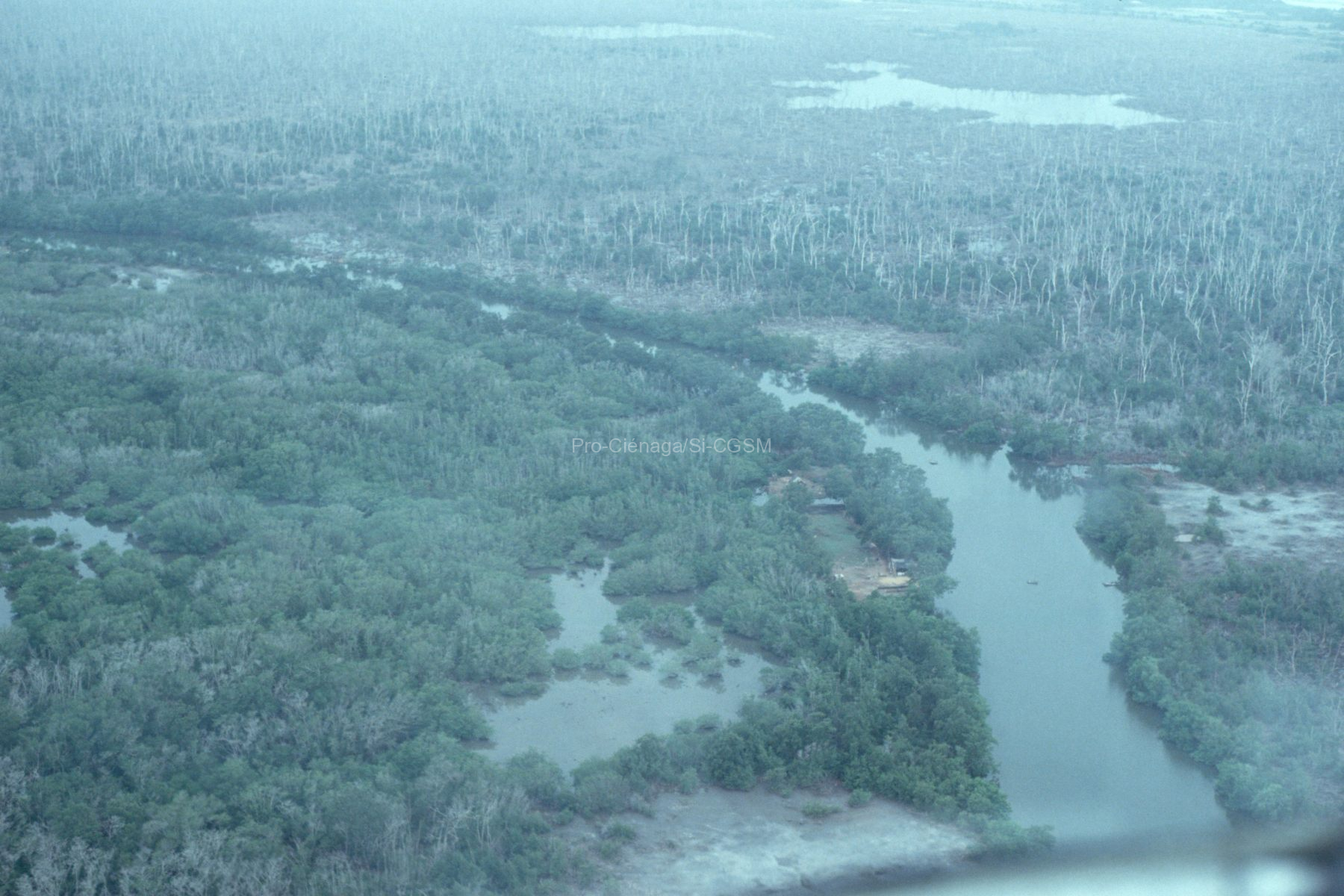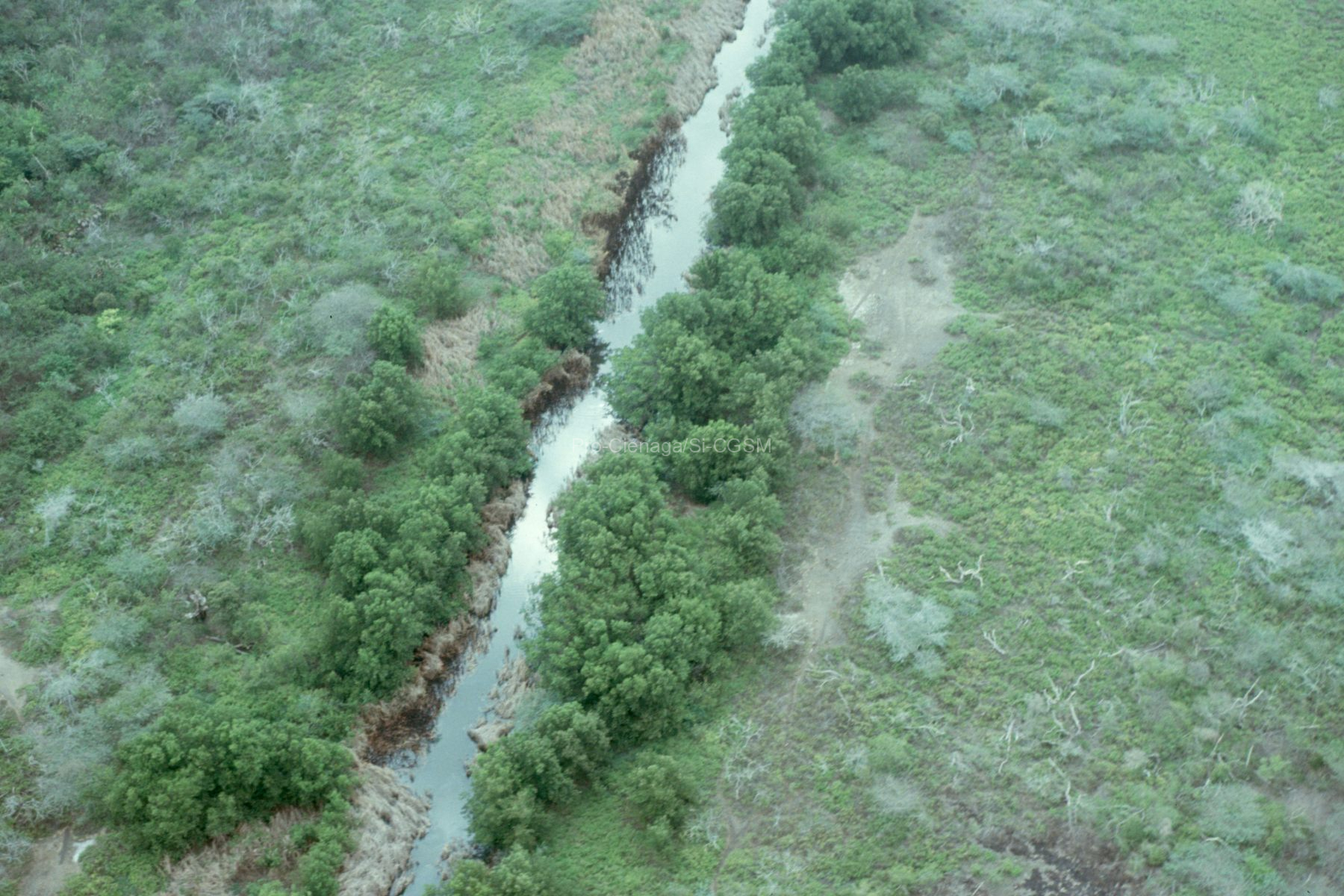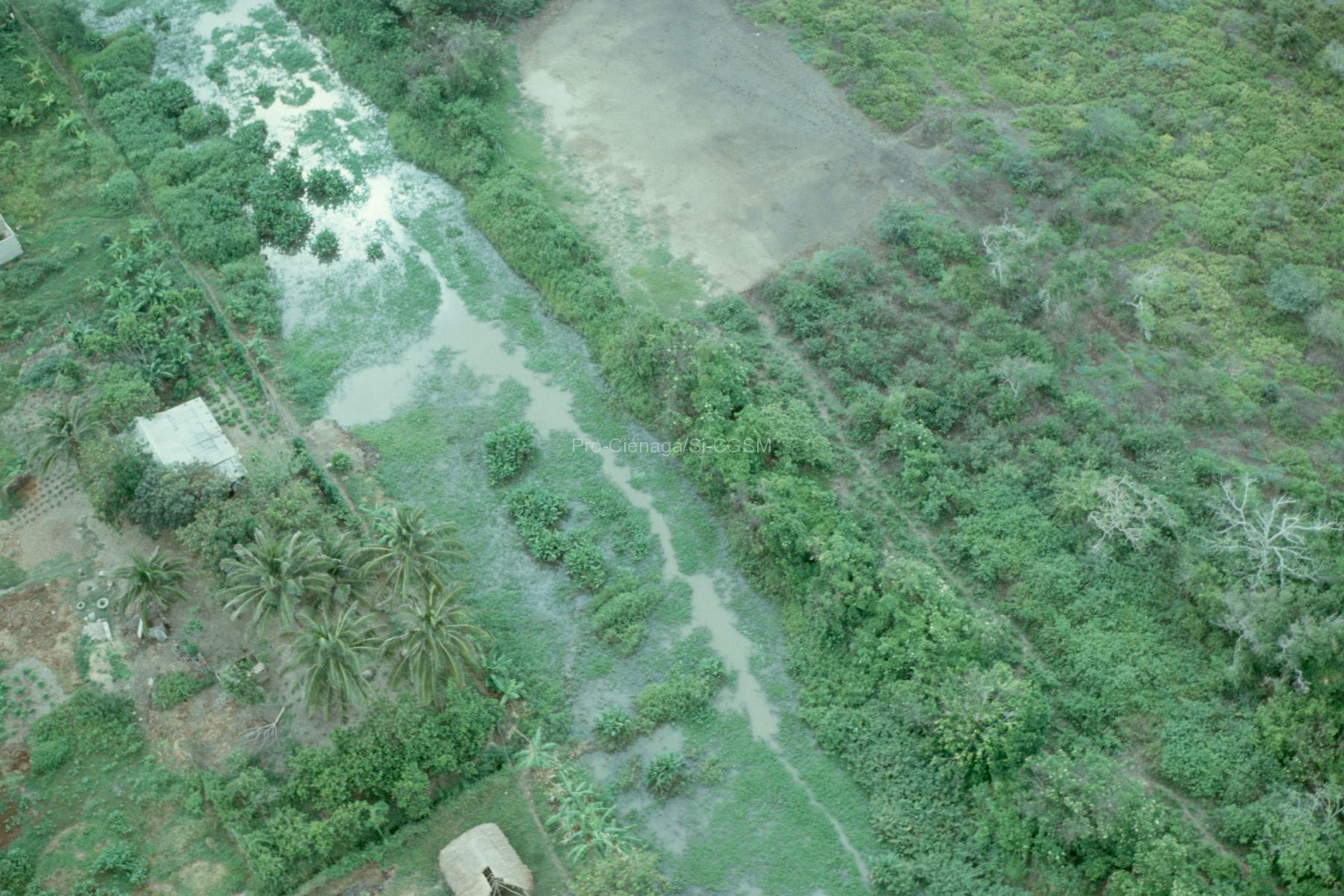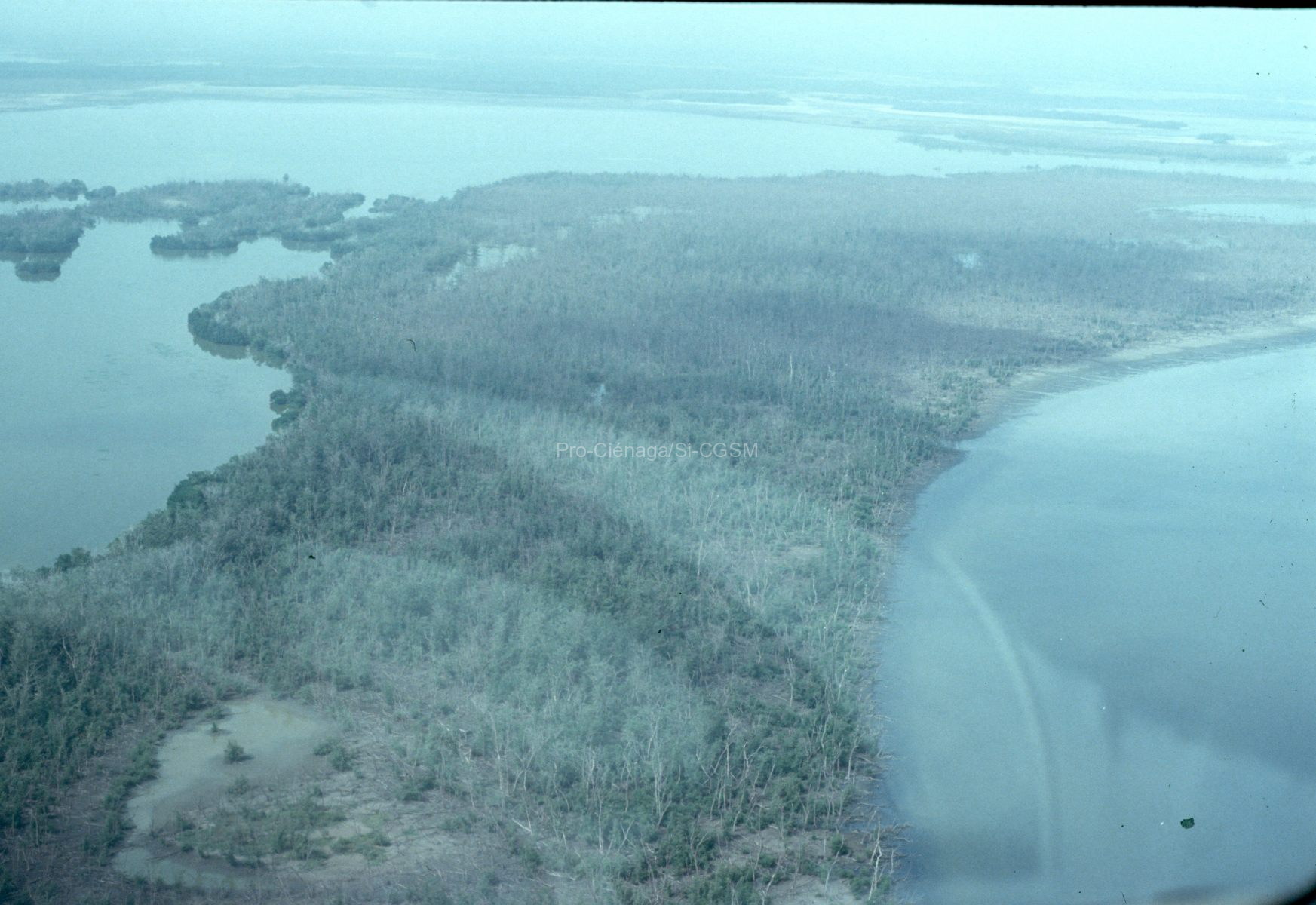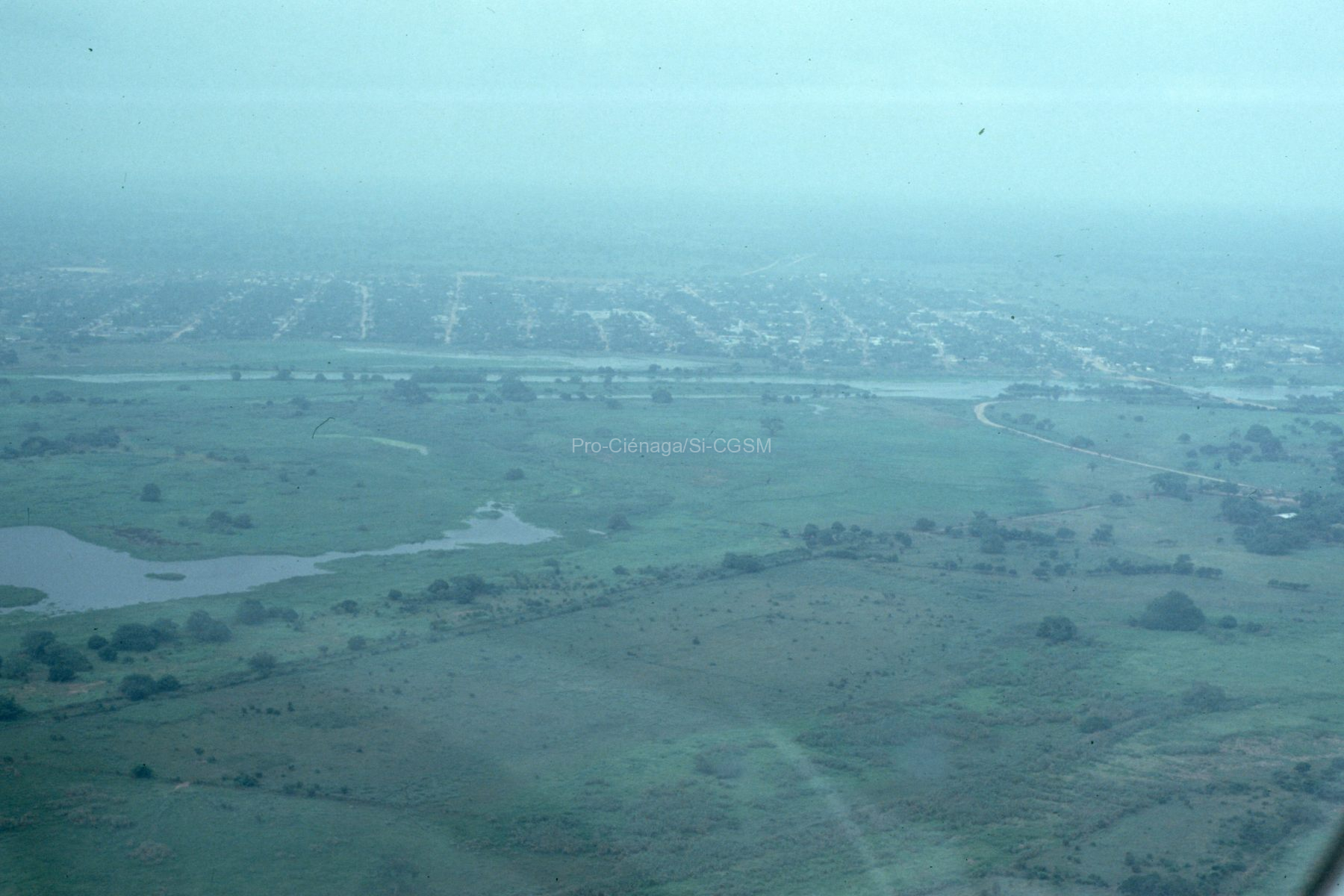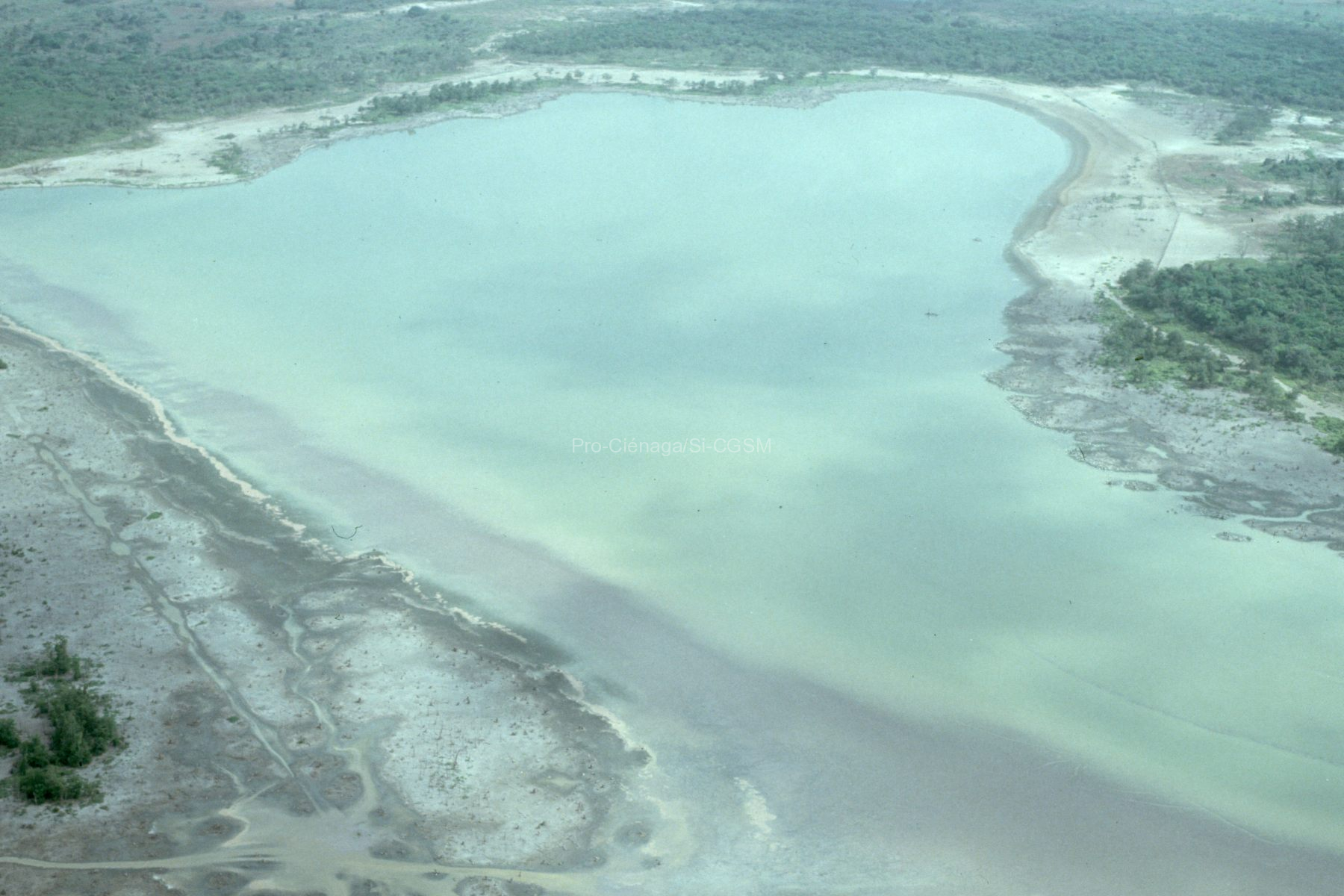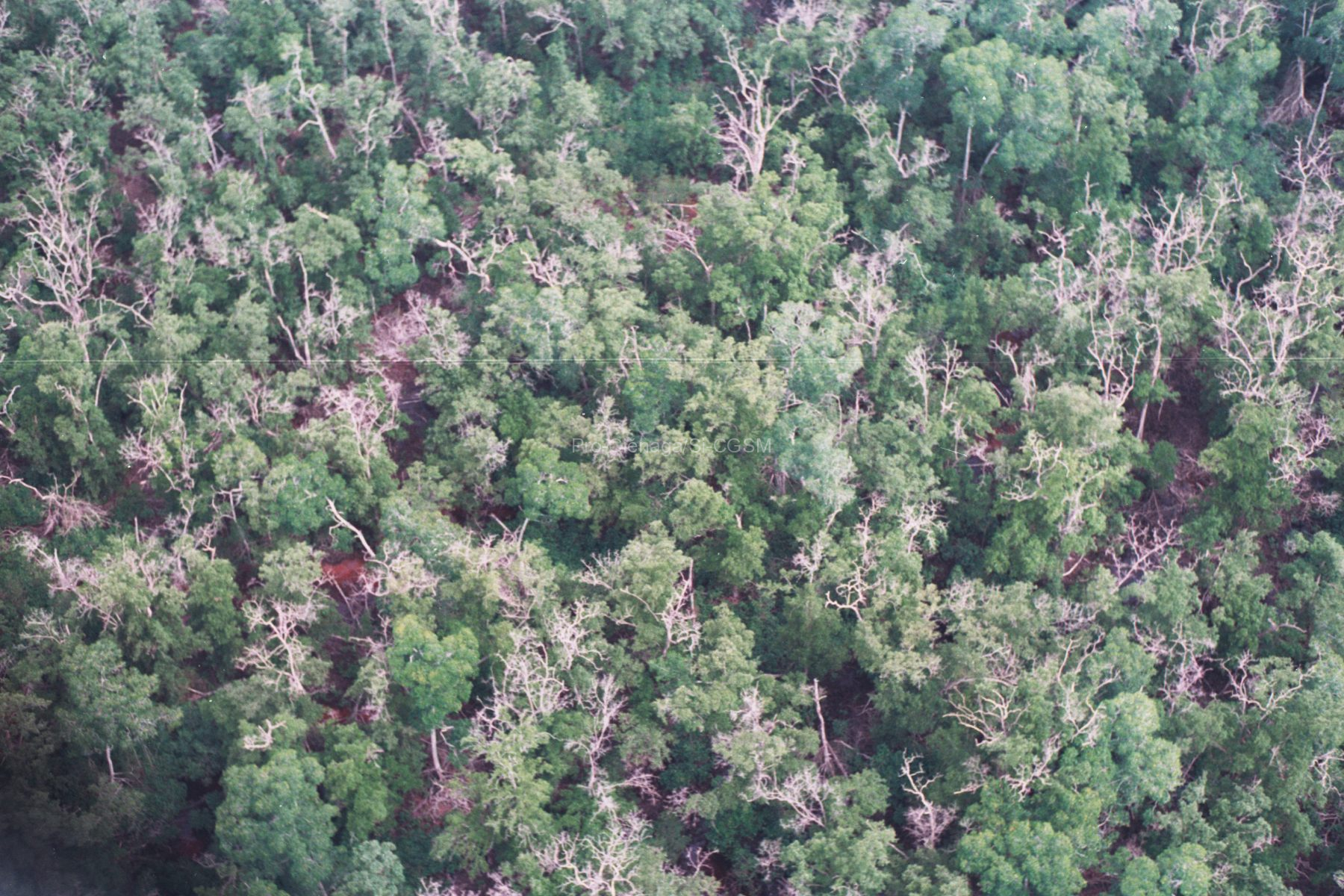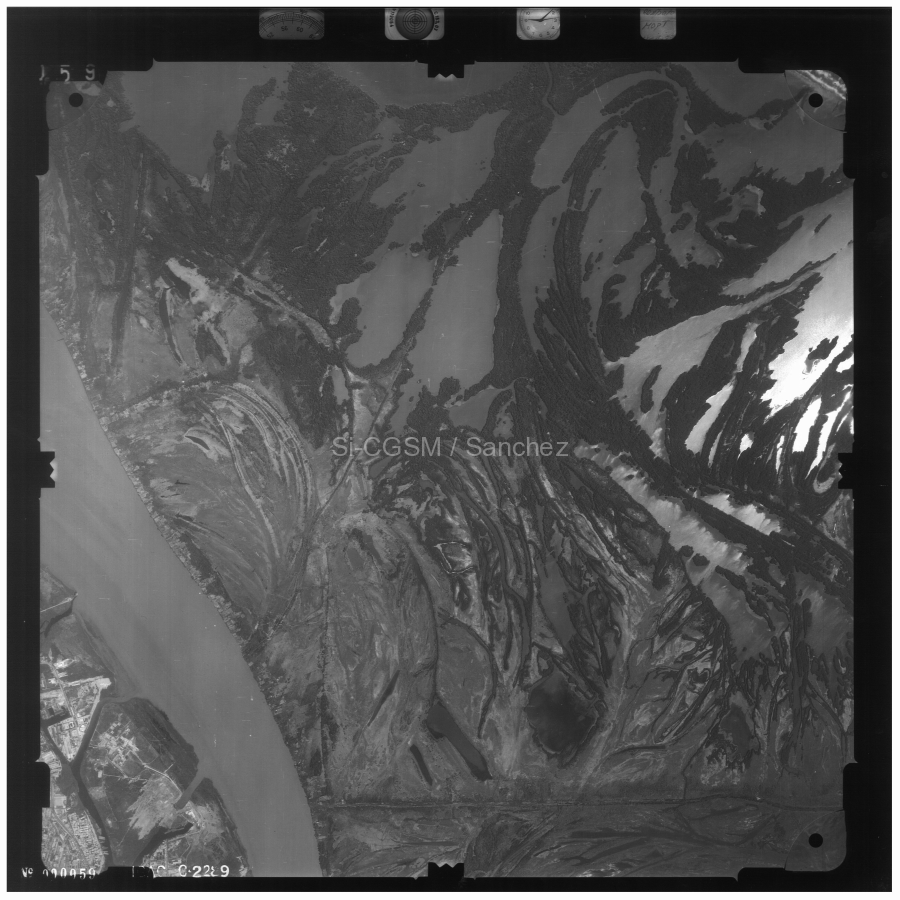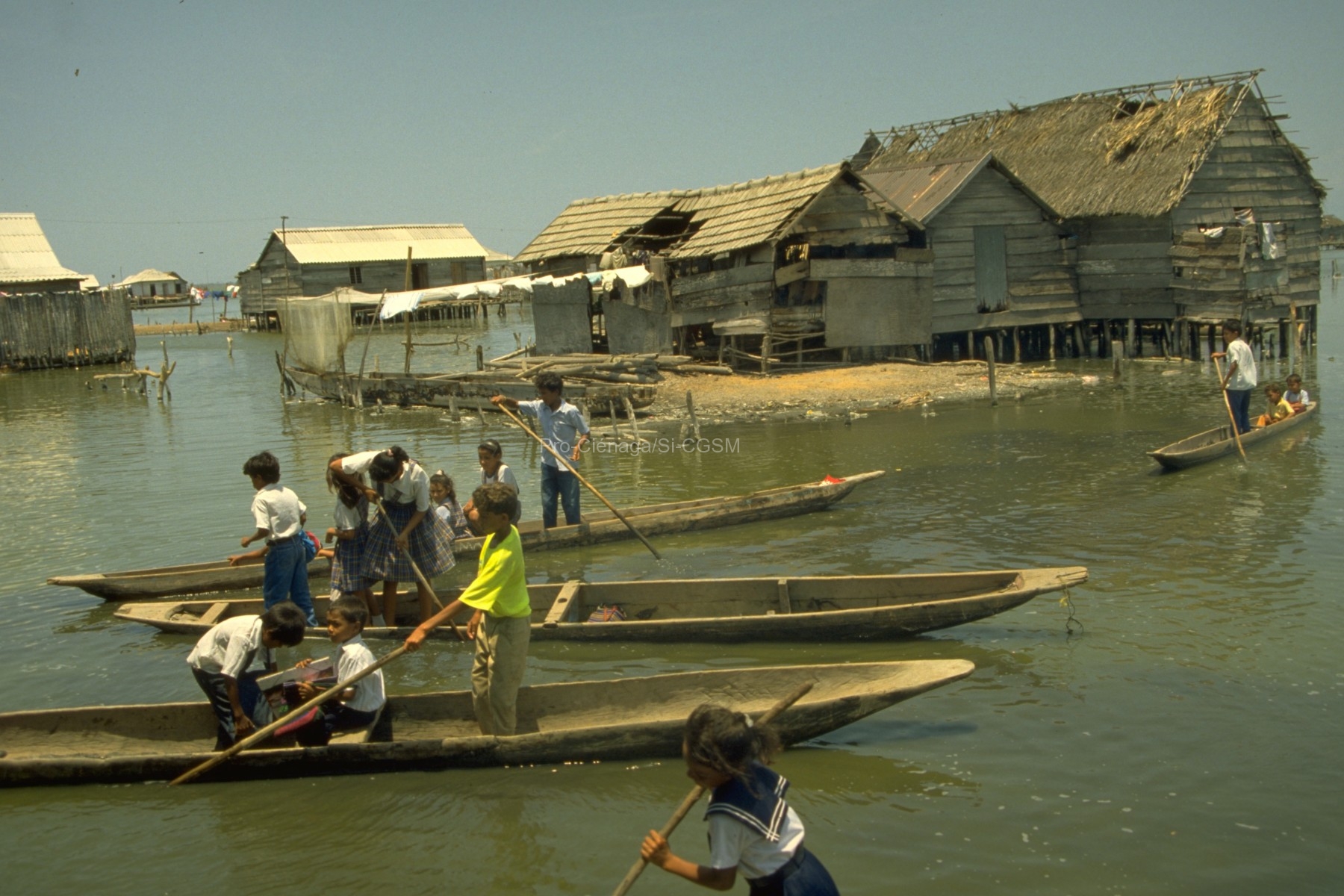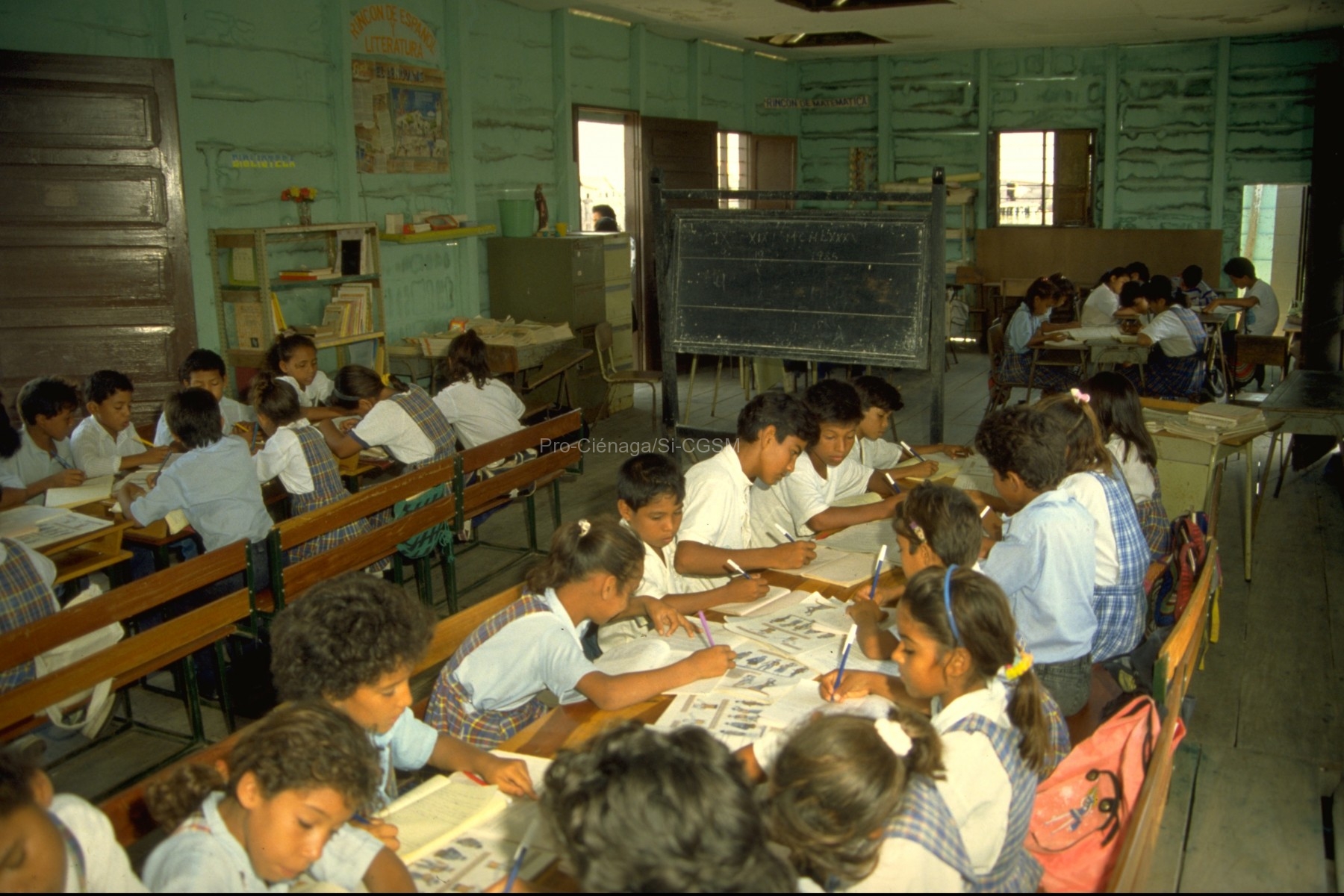https://doi.org/10.2305/IUCN.UK.2004.RLTS.T57129A11588348.en RANGE DESCRIPTION This nominal species is known from the Pacific lowlands of Panama from the Azuero Peninsula to central Panama, throughout South America east of...
Seguir leyendo...Distribución espacial
Páez, V., Restrepo, A., Vargas-Ramírez, M., Bock, B., & García, N. (2013). Podocnemis lewyana (Dumeril 1852). Catálogo de anfibios y reptiles de Colombia, 1, 1-5.
https://www.researchgate.net/profile/Mario-Vargas-Ramirez-2/publication/266559285_Podocnemis_lewyana_Dumeril_1852/links/54346fe10cf2bf1f1f27c350/Podocnemis-lewyana-Dumeril-1852.pdf Distribución geográfica: Especie endémica de Colombia. Ocupa las cuencas Caribe y Magdalena-Cauca, encontrándose en los ríos Sinú, San Jorge, Cauca y Magdalena en la parte...
Seguir leyendo...Ortega, A., Caicedo, J., Hoogmoed, M., Ouboter, P., Schargel, W., Rivas, G., & Murphy, J. (2016). Gonatodes vittatus. The IUCN Red List of Threatened Species. e.T44579307A115387919.
https://www.iucnredlist.org/species/44579307/115387919 Range Description: This species occurs in the Caribbean Islands of Trinidad, Tobago, Aruba, Curaçao, Margarita, Coche, Cubagua, Los Frailes, Los Testigos, Los Roques, and La...
Seguir leyendo...Ortega, A., & Caicedo, J. (2016). Thamnodynastes gambotensis. The IUCN Red List of Threatened Species, e.T44581876A44581879.
https://www.iucnredlist.org/species/44581876/44581879 RANGE DESCRIPTION The distribution of Thamnodynastes gambotensis as understood at present is restricted to the lower Río Magdalena Basin and the adjacent Caribbean lowlands of Colombia. However,...
Seguir leyendo...Morales-Betancourt, M. A., Lasso, C. A., Páez, V. P., & Bock, B. C. (2015). Libro rojo de reptiles de Colombia. Instituto de Investigación de Recursos Biológicos Alexander von Humboldt (IAvH), Universidad de Antioquia, Bogotá, D. C., Colombia, 258 p.
DCA En el marco del Plan Operativo Anual (2015) del Programa de Ciencias de la Biodiversidad del Instituto de Investigación de Recursos Biológicos Alexander von Humboldt,...
Seguir leyendo...Montoya-Ospina, R. A., Caicedo-Herrera, D., Millán-Sánchez, S. L., Mignucci-Giannoni, A. A., & Lefebvre, L. W. (2001). Status and distribution of the West Indian manatee, Trichechus manatus manatus, in Colombia. Biological Conservation, 102(1), 117-129.
https://www.sciencedirect.com/science/article/abs/pii/S0006320700000628?via%3Dihub Historical and recent information on the status and distribution of West Indian manatee, Trichechus manatus manatus, in Colombia was reviewed. Opportunistic and systematic interviews were...
Seguir leyendo...Montgomery, C. E., & Cunha, O. (2018). Boa imperator. The IUCN Red List of Threatened Species, e.T203879A2771951.
https://www.iucnredlist.org/species/203879/2771951 Range Description: Boa imperator and its subspecies range from the Isthmus of Tehuantepec, Mexico through Central America to Northwest Ecuador. The species was introduced into...
Seguir leyendo...Meza-Joya, F. L., & Ramos-Pallares, E. (2015). New records, range extensions and updated distribution of two gymnophthalmid lizards from the Caribbean Region, Colombia. Check List, 11(5), 1735.
https://doi.org/10.15560/11.5.1735 In Colombia, detailed knowledge of the geographic distribution of gymnophthalmid lizards is scarce. This paper presents the first confirmed records of Leposoma rugiceps and provides...
Seguir leyendo...Serrano, F., & Díaz-Ricaurte, J. C. (2018). Erythrolamprus aesculapii (Linnaeus, 1758) Falsa coral. Catálogo de Anfibios y Reptiles de Colombia, 4(3), 48-53.
https://www.researchgate.net/publication/329124928_Erythrolamprus_aesculapii_Linnaeus_1758_Catalogo_de_Anfibios_y_Reptiles_de_Colombia#fullTextFileContent Distribución geográfica: Erythrolamprus aesculapii tiene una distribución altitudinal que va entre 0 y 2300 m s. n. m. (Wallach et al. 2014). Se distribuye en...
Seguir leyendo...Lynch, J., & La Marca, E. (2004). Elachistocleis pearsei. The IUCN Red List of Threatened Species e.T57993A11703765.
https://www.iucnredlist.org/species/57993/54352618 Range Description: This species occurs mainly in the lowlands of northern Colombia, including the Middle Magdalena Valley, and extending eastwards to northwestern Venezuela (probably in...
Seguir leyendo...
